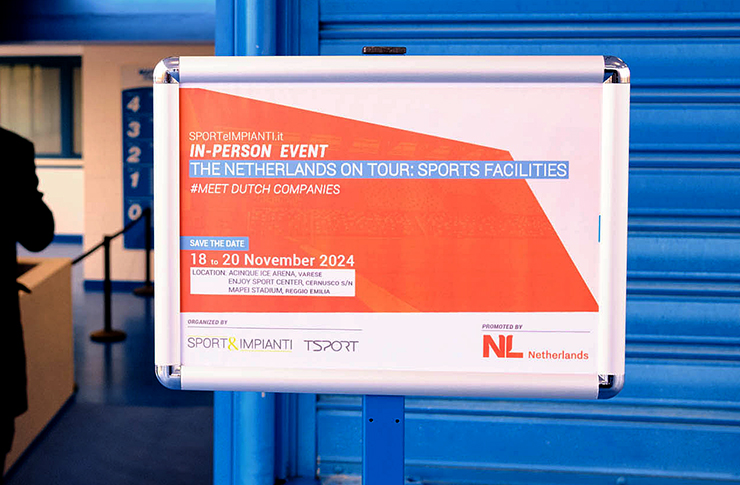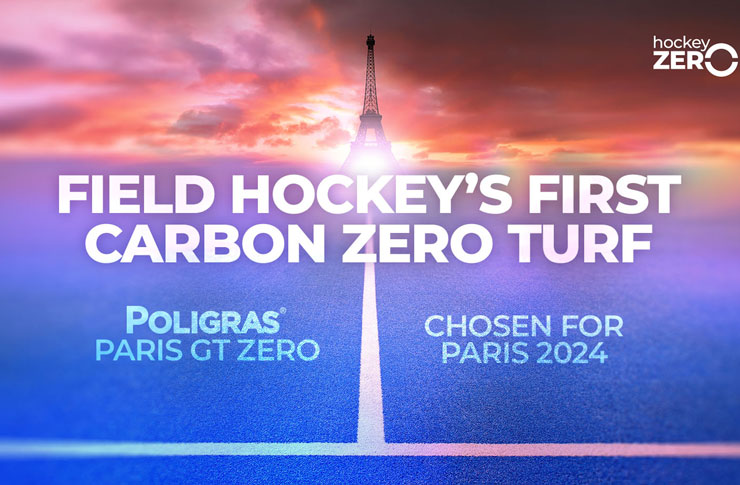Interview with Chris DeVolder and Francesca Meola of HOK, about the Energizer Park project in St. Louis (Missouri).
St. Louis Energizer Park: interview with HOK designers

Energizer Park – aerial view – ©Michael Robinson Photography
A recent winner of the Prix Versailles 2024 as the best sports architecture in the world, the Energizer Park stadium (former CITYPARK) in St. Louis, Missouri, designed by HOK – an international architecture, engineering and planning firm operating on three continents – is also one of the main focuses of the urban regeneration plan for the Downtown area of the Missouri capital.
On the Energizer Park (formerly Citypark) project in St Louis, we asked the HOK team a few questions to Chris DeVolder, Director of Sports + Recreation + Entertainment, and Francesca Meola, Engineering Practice Leader.
What were the main challenges in designing such a central sports architecture in the city structure?

Chris: One challenge was working with the site’s existing infrastructure—utilities, surface parking lots, and even a bridge for an unbuilt freeway connector. For the Energizer Park our team, led by HOK and Snow Kreilich Architects, worked closely with the project contractor and other entities to redevelop the land for the stadium and adjacent team facilities. The stadium also anchors the Gateway Mall, a corridor of public spaces that connect to the Gateway Arch and Mississippi River. To honor the city, we designed a sleek, reflective canopy on the stadium inspired by the iconic Gateway Arch.
Francesca: The stadium Energizer Park site sits alongside Market Street, which slopes down by 20 feet, so designing with this 20-ft. grade change was a challenge. In HOK we excavated the site and relied on composite soil to make sure we could integrate the stadium architecture with the natural terrain. We were able to achieve this and place the pitch 40 feet below street level, which minimized the stadium’s profile and helped it fit within the surrounding urban context.
Chris: There was also a big opportunity to incorporate the stadium and all the team facilities—including the training center, practice fields, team store, and headquarters—in one downtown site. It’s an uncommon practice in the U.S. This is the first MLS club and largest urban sports campus in the country to do so.
The Energizer Park by HOK was awarded as the best sports architecture in the world: what do you think are the 3 key choices that contributed to this recognition?

Chris: First, Energizer Park fits seamlessly within its urban context. There is no “back door”—all four sides are accessible to fans and create active, welcoming spaces for the surrounding neighborhood.
Francesca: To accomplish this, we created an underground tunnel for the stadium’s loading dock and back-of-house services that is accessible across Market Street near the club’s training facility.
Chris: Second, the design is rooted in modernism and minimalism, which is rare in sports architecture. The stadium’s clean lines, limited color palette, intuitive signage and refined materials create a distinctive, contemporary feel.
Energizer Park in St. Louis is also deeply connected to the city. It links to current and planned bike lanes and pedestrian path, enhancing urban mobility. On the stadium’s east side, the Lou Fusz Plaza serves as a year-round public gathering space that hosts concerts, markets and civic events. On some days, the plaza feels more like it’s part of the city than part of the stadium.
In terms of environmental sustainability, what measures have been taken by HOK to reduce energy consumption? And how is the acoustic comfort managed in the Energizer Park, such a central stadium in the city?
Chris: The stadium includes energy-efficient building control systems, detailed facades, LED lighting and low-flow water fixtures to reduce its energy consumption. It also has extensive insulation compared to a typical sports facility.
Francesca: To manage acoustics of the Energizer Park, in HOK we designed the seating bowl and roof canopy to retain sound within the stadium. This helps sustain energy during matches while minimizing noise impact on the surrounding city.


Energizer Park, from left: southeast entrance and view from the north – ©Michael Robinson Photography
Energizer Park in St. Louis, design by HOK studio
HOK is a global design, architecture, engineering and planning company. With 1,700 employees, 26 offices and 3 continents, it celebrates its 70th anniversary in 2025.
HOK has been carbon neutral since 2022 and is committed to achieving net zero emissions in the projects it designs by 2030. By 2023, on average, HOK’s projects exceeded the American Institute of Architects (AIA) energy reduction targets for 2030, achieving a 65.5 per cent reduction in energy use intensity compared to baseline levels, and many have already met or exceeded their targets.










